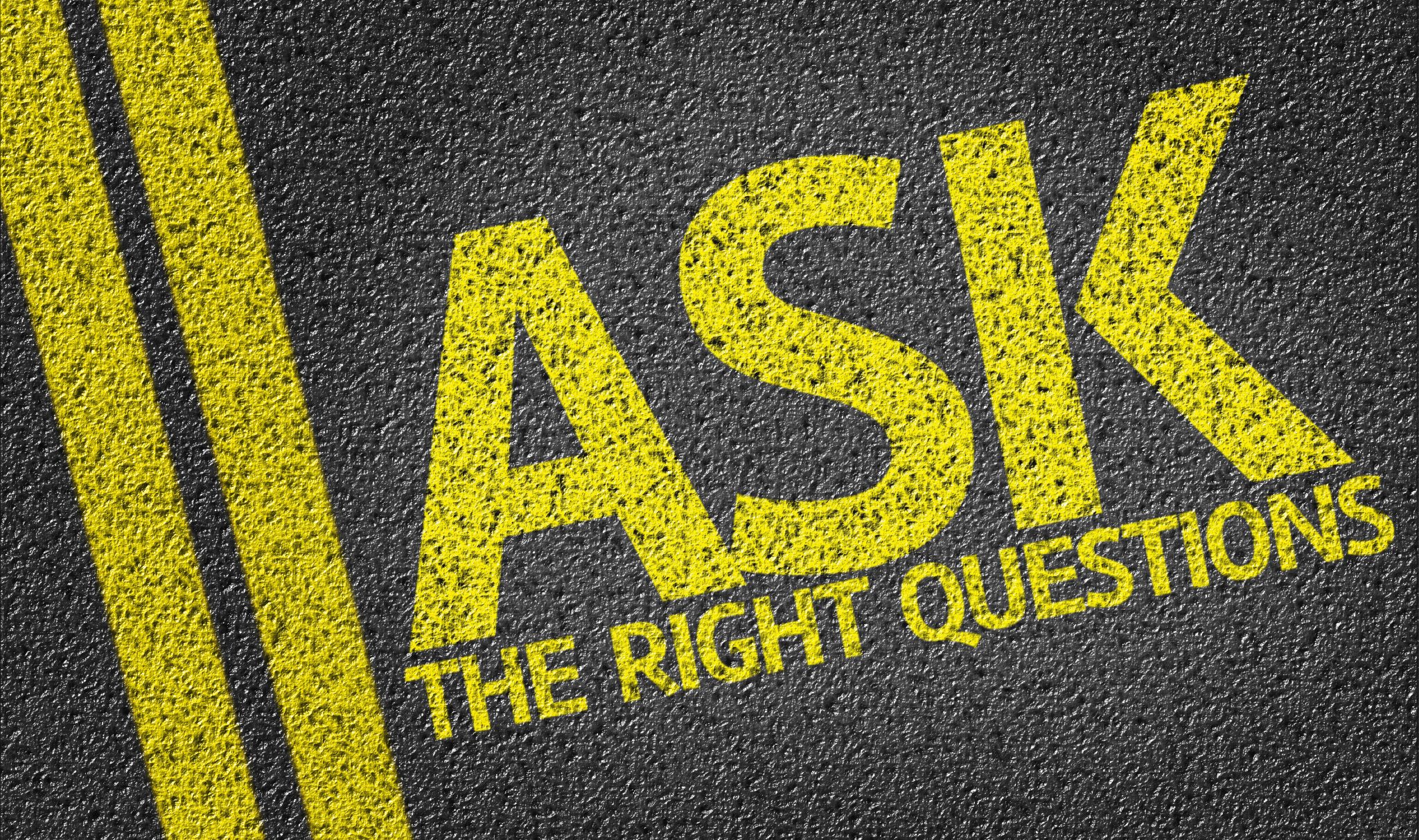A bond ladder is a useful tool for providing security in retirement. A bond ladder can protect your investments from volatility and provide you with some peace of mind.
Retirement planning is a comprehensive issue. What I mean by this is that there are a number of sub-components of retirement planning that are pretty distinct from each other. Consider the two broad phases of retirement planning.
First is the accumulation phase when the investor sets aside assets as they are earned in order to accumulate a sum of money for retirement. During this phase, the investor is concerned with building a “nest egg”.
The second phase is the actual period of retirement itself. This phase is starkly different from the accumulation phase. At this point, the retiree has already accumulated the nest egg, and is instead living off of the nest egg. This is the point when you may want to consider stabilizing your income with a bond ladder.
If the subcomponents of retirement planning are so different, then it naturally flows that the individual concerns in each phase are different. Boiling this down to the most basic elements, we can look at a case of the individual worker/retiree’s desire to trade risk for potential return on their investments.
Different Phases of Retirement Planning
During accumulation, an individual may wish to take on more risk. The upside to this (no pun intended – if you don’t get the joke, congrats!, you probably are not a nerd) of course is the possibility for a higher investment return.
The consequences of bad outcomes are less severe in this stage. If the additional risk causes an investment loss, you can likely wait for the markets to recover. This has very broad and deep implications for the way investments are handled within your portfolio. However, the point is that bad outcomes, even really bad ones, likely won’t completely ruin you.
Retirement Plan Failure
During retirement, however, the situation reverses. You likely will need to take on less risk, and the implications of failure or more severe. Why?
First, consider what is meant by “failure” in each stage. During accumulation, failure generally means extremely poor investment performance. There are many ways to combat this. Save more, save longer (by retiring later), or mitigate it in the first place through proper portfolio construction.
Contrast this with what is meant by failure in retirement. At this point, failure generally means you have run out of money and are not able to sustain a retirement income. This is a drastically worse scenario than needing to work a few extra years or save a few extra percentage points of your salary. Why? Because you have already retired and may not be able to replace the income that your retirement plan has “failed” to generate. A bond ladder can help.
Establish a Secure Minimum Retirement Income
One way to mitigate the risk of failing to generate the required amount of retirement income is to create an income floor. The floor is simply a known minimum level of income. You can do this by dedicating a certain portion of your assets to generating income in fixed amounts at certain times. The amount that you do not dedicate to locking in a certain amount of income can be invested in riskier investments that will fluctuate with the market. You can still generate retirement income with this segment of your portfolio using any one of a number of withdrawal strategies.
The classic tradeoff between risk and return is present here. The more assets you dedicate to fixing a known income amount, the less there is to take advantage of rising markets.
This really isn’t a bad thing, it just needs to be understood and accepted before you implement this strategy. In fact, the whole premise of this strategy is that you value some amount of retirement income CERTAINTY over the CHANCE of a higher income later.
Changes in Investment Mix
In the accumulation phase, you likely held your portfolio in a diversified mix of stocks and bonds. You could have held the securities individually or through mutual funds or ETFs.
If you invested your retirement assets this way then you have a good understanding of market fluctuations because you have experienced them.
Asset allocation is still a factor when you transition into taking withdrawals for retirement income. In retirement, the fixed income portion of your account would be dedicated to locking in a known withdrawal amount. This means that the way you invest your fixed income portion is different from the way you invested your fixed income portion during the accumulation phase. Again, this is where a bond ladder may be useful.
Determining the Minimum Amount of Income
The minimum amount of guaranteed retirement income that you need is largely a personal choice. Lifestyle, health, and your comfort level play a large part in the decision.
Let’s say that you need to lock in a minimum of $40,000 in annual retirement income. You would like more, and likely have the means to spend more, but this is the amount that you want to have set in stone. This is the amount of set income that would let you sleep at night without worrying about running out of money.
If we assume that you will collect $24,000 in Social Security payments, then you need to make up the remaining $16,000 each year.
There are several ways to do this. The method I’m going to explain in this article is the bond ladder.
Bond Ladders
Although any type of bond can be used to construct a retirement income floor, I’m going to illustrate this example with zero-coupon bonds or STRIPS. These are Treasury bonds whose coupon has been “stripped”. Investors who hold these types of bonds buy them at a discount from face value, and receive the full value of the bond at maturity. It is the known value at maturity that allows you to construct the income floor.
Assume that you retire in 2025. As I’m writing this in 2018, one STRIPS has a quote of 80.939. It matures in 2025. This means that you can spend $809.39 today in order to establish a guaranteed income floor in 2025 of $1,000.
Let’s go back to our example. If you want to lock in a minimum of $40,000 in each year of retirement, then you need to purchase bonds with $16,000 in maturity value in 2025. So $16,000 worth of bonds that mature in 2025 will cost $12,950.24 today.
When the bonds mature in 2025 you will collect, and spend, the full $16,000.
Why is it Called a Bond Ladder?
So far, you have only established a retirement income floor for one year, 2025. Since you hopefully plan to have more than one year in retirement, you need to lock in your income floor for the other years as well. You would then need to buy bonds today that mature in 2026, 2027, 2028… and so on. You would buy bonds with the maturity that you require in each year that you plan on needing retirement income. This is what the ladder is. Staggering the maturity dates so that you have a guaranteed (in this case, by the US government) income in each year of retirement.
Of course, the cost of locking in the income flooring isn’t constant. Longer maturities are cheaper. Another STRIPS that matures in 2036 is quoted at 50.31. So, the price of locking in that $16,000 of income for 2036 is $8,049.60.
The mechanics of constructing the bond ladder for each year involve pricing bonds that mature at each interval desired. For simplicity I used one annual maturity above. Remember though, this is your income. One annual maturity means one annual paycheck. You may want to stagger the maturities every six months, or even every month. You could also purchase bonds in the amount needed for the year that mature in the beginning of the year and simply hold the cash in a checking account.
How Much of the Portfolio is Allocated to the Floor?
To know how much of your portfolio will be dedicated to establishing a minimum income floor in each year you will need to price out the remaining years of the bond ladder. This is a multiple step process itself.
How Long Should the Ladder Be?
First, you need to determine how many years you want to cover. If you plan to live for 25 years in retirement, you’ll likely want to cover all 25 years. Of course, you can’t be certain how many years you will live. Your expectation assumption of how long you live will involve a tradeoff (it is finance, afterall). The tradeoff is between securing a minimum income floor for the number of years you think you will live, and sacrificing income for the years you actually do live.
Here is how that plays out…
If you secure a minimum income floor for 20 years but live for 25 then your last five years may be a little stressful. Although you won’t have your income floor you will likely still have some remaining balance in your discretionary portfolio. However, the purpose of establishing a floor was to relieve some stress of relying on a volatile portfolio for basic needs. Apart from your Social Security, you won’t have that in the final five years.
Suppose you secure a minimum income floor for 25 years but live for 20. Of course, you had to reduce your income in the 20 years you did live in order to purchase the bonds that will mature in the five years after your death.
There isn’t a singular correct answer here as to what you should do. Unless and until you can accurately predict the timing of your death you will need to consider how this tradeoff affects your decision based on your personality and what you value more.
Purchasing the Bonds
Secondly, now you need to price the bonds for each maturity you desire. Simply follow the steps I took for purchasing the two bonds above.
If you decide to stagger your bonds at greater than one year intervals, be sure to adjust the amount of each maturity that you purchase.
From the example:
You should purchase annual maturities at $16,000 as we saw. You may want to stagger your maturities so that you have two bonds mature each year, or every six months. Since you have twice as many maturities in each year they need to be half as large. Two $8,000 maturities in a year would give you the $16,000 income floor you want. If you purchase bonds that mature every month, the maturity value needs to be ($16,000/12) $1,333.33.
Callable Bonds
Opportunity Cost of Lower Bond Yields
A word of caution concerning the purchase of an income floor is necessary. There is yet another tradeoff to consider. This tradeoff is about when you should start to purchase the bonds that will constitute your income floor.
Bonds have lower long-term yields than stocks. This creates an opportunity cost of investing in bonds. We addressed this head-on when discussing the retirement income phase, and recognized that we are happy to accept a lower return in order to secure a known level of income.
However, we didn’t address this tradeoff in the accumulation phase leading up to retirement. Remember, the phases are very different. Your investment plan will be different in each phase.
For any given bond yield, the earlier you purchase the bonds, the cheaper they will be.
For a 5% yield to maturity, a $1,000 zero-coupon bond with 30 years to maturity will cost $231.38. The same bond with a 10 year maturity will cost $613.91.
It may be tempting then to purchase the bonds as early as possible.
Note, though, that when you purchase a bond you forego the return you could have earned in stocks. Assuming an 8% return on stocks…
You would have $1,325.39 after ten years if you invest the $613.91.
You would have $2,328.27 after thirty years if you invest the $231.38.
To concisely state the tradeoff – The earlier you secure your income floor, the more certain you can be that it is there when you need it. However, you give up the potential for a higher return when you choose to purchase the bonds.
The higher return would translate into the ability to establish a higher income floor later.
Take the ten year example. Suppose you are ten years out from retirement and are thinking about buying the bond for $613.91 to secure $1,000 in income for your first year of retirement. If you leave it invested instead and earn 8% then you will have $1,325.39. You can spend the $1,000 you would have if you had bought the bond. You can use the remaining $325.39 to purchase a bond for another year.
Decide When to Buy Bonds to Construct Your Bond Ladder
Again, this isn’t to suggest that there is one absolutely correct answer. You simply need to be aware of this tradeoff and incorporate it into your investment strategy for your retirement plan. Generally, you would purchase a bond ladder “later” (later here being subjective and relative – depends on your individual situation and needs) in the accumulation phase or nearer to retirement.







